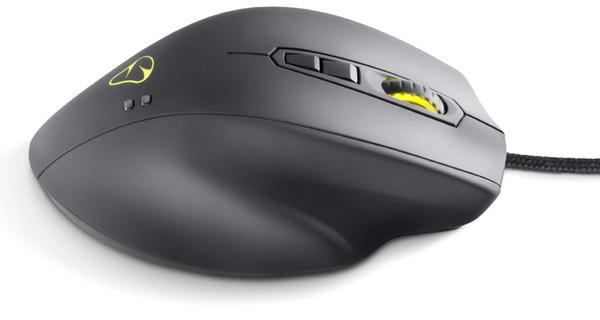INTRODUCTION

When people are in the market for a brand new gaming mouse they usually make their decision based on four things such as the type of laser/optical sensor used, number of available programmable buttons, shape/grip and of course looks (for example RGB illumination seems to be quite important nowadays). What if however there were other things consumers could look for when out looking to get a brand new gaming mouse? MIONIX really thinks there are and so in 2014 they announced the very first smart gaming mouse also capable of recording the user's biometric information (such as heart rate) and movement data (clicks and speed and traveled distance) by using several state of the art sensors. Its name is the NAOS QG Optical Smart Gaming Mouse and although it took some time to reach our lab it's finally here.
Mionix is based in Malmo, Sweden and creates high quality, well designed gaming hardware products. Mionix is a company with ridiculous ambitions that is set on changing the desk experience. For billions of people the peripherals on our desk are either toned in black plastic or grey aluminums. Our soul mission is to make the desk a fresh place.
The NAOS QG (quantified gaming) is based on the extremely popular PixArt PMW3360 optical sensor which features zero hardware acceleration, 12.000DPI (dots per inch) resolution (5 programmable in 100DPI steps), tracking speed of up to 250IPS (inches per second) and up to 50G acceleration (also supports angle snapping, angle tuning and LOD adjustment). Under the hood of the right-handed 4 layer rubber coated enclosure (identical with all the previous NAOS models) we also find two biometric sensors (HRM/GSR), 7 programmable buttons, 2 RGB lighting zones, OMRON switches for the primary buttons (up to 20 million clicks - all other buttons feature TTC switches) and a 32-bit ARM Cortex M3 32MHz processor with 128KB of onboard memory and 1000Hz polling rate.

 O-Sense
O-Sense







.png)

